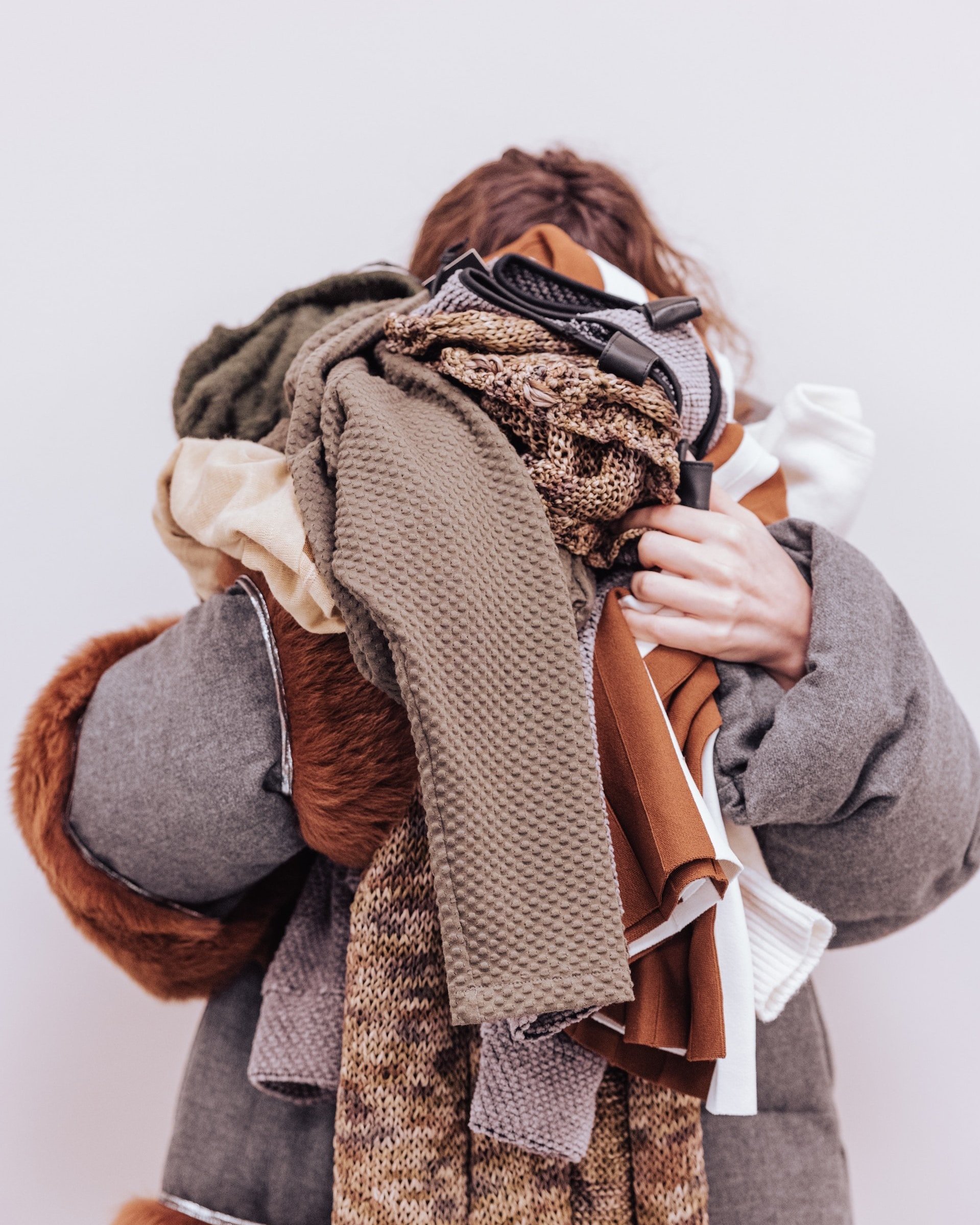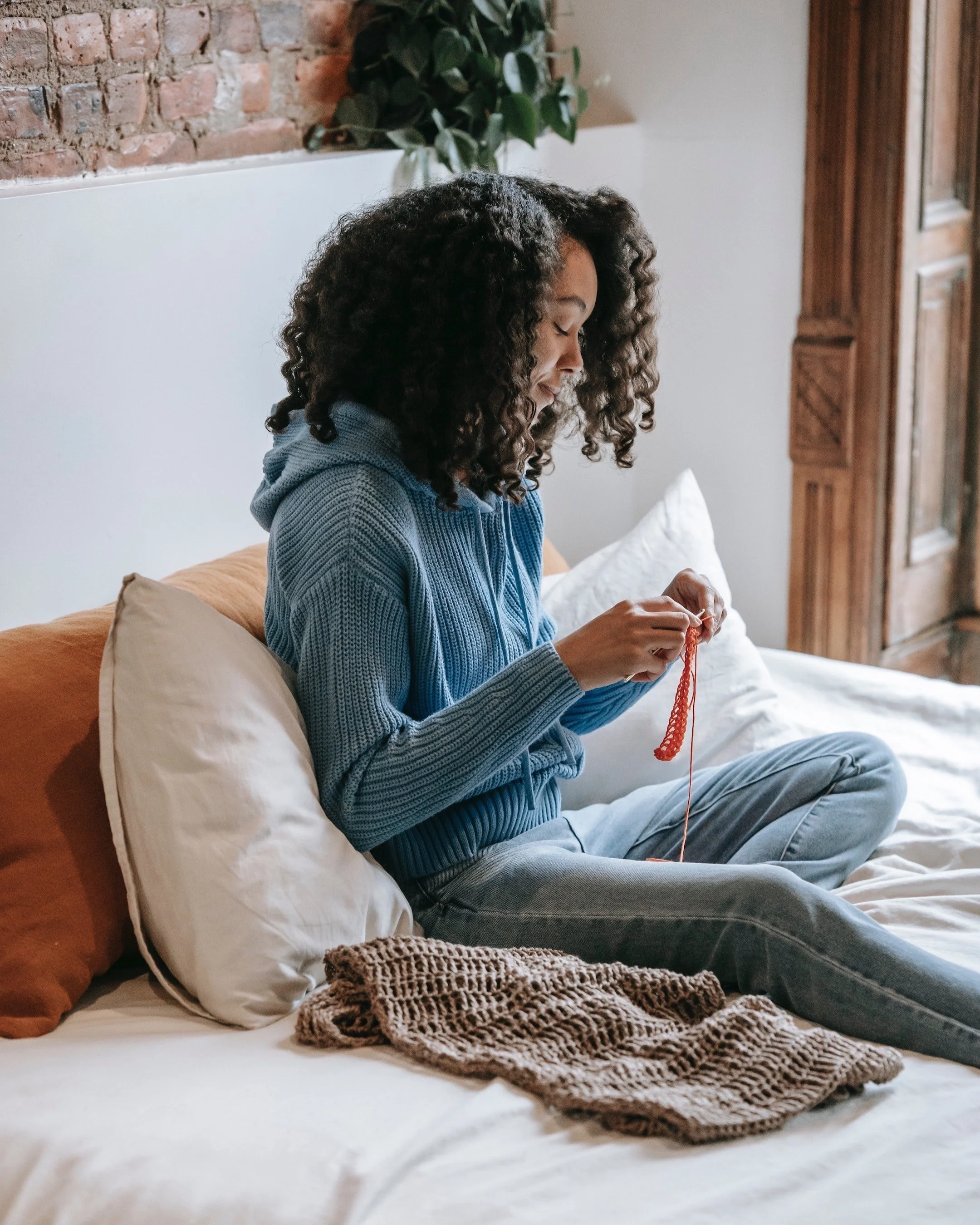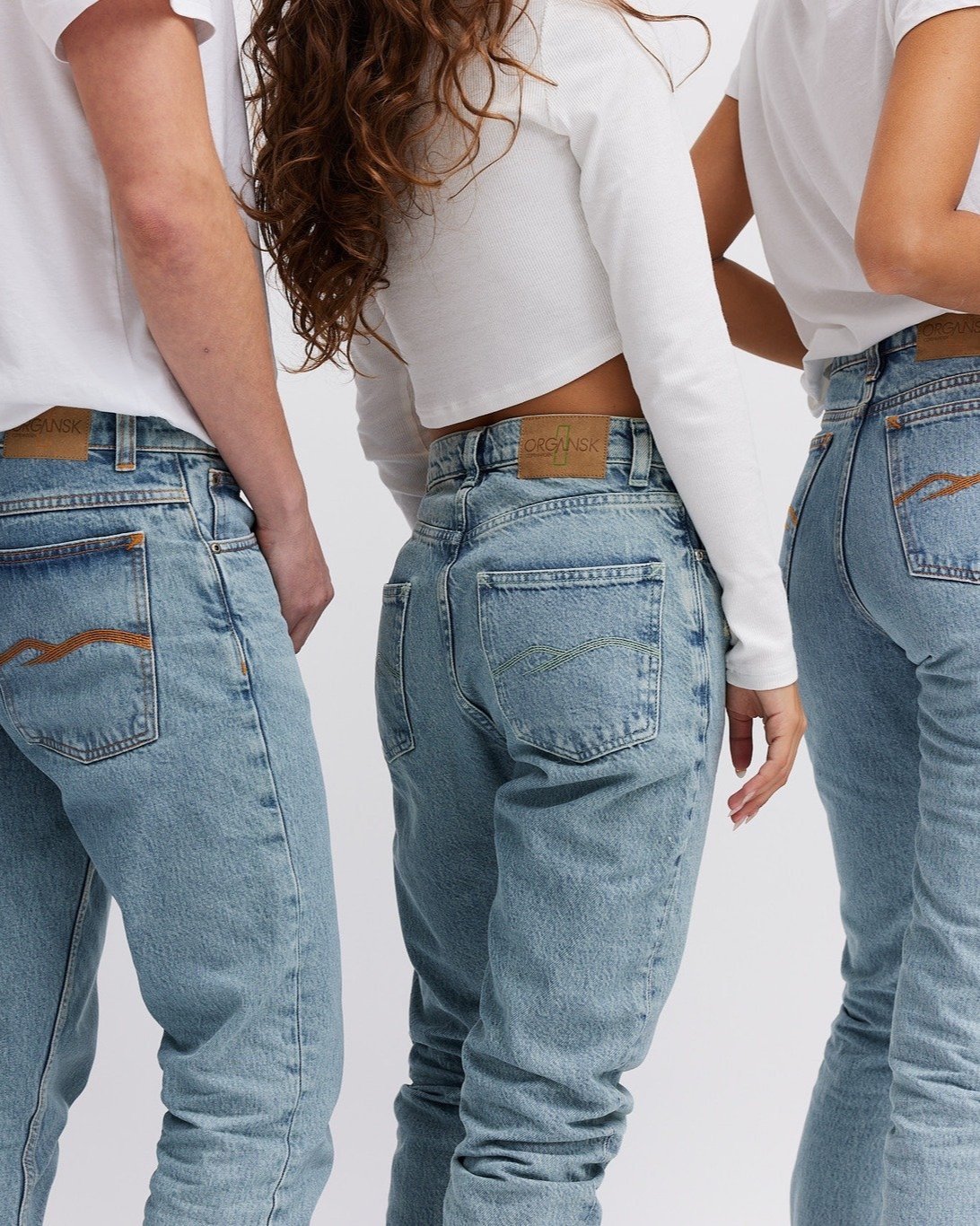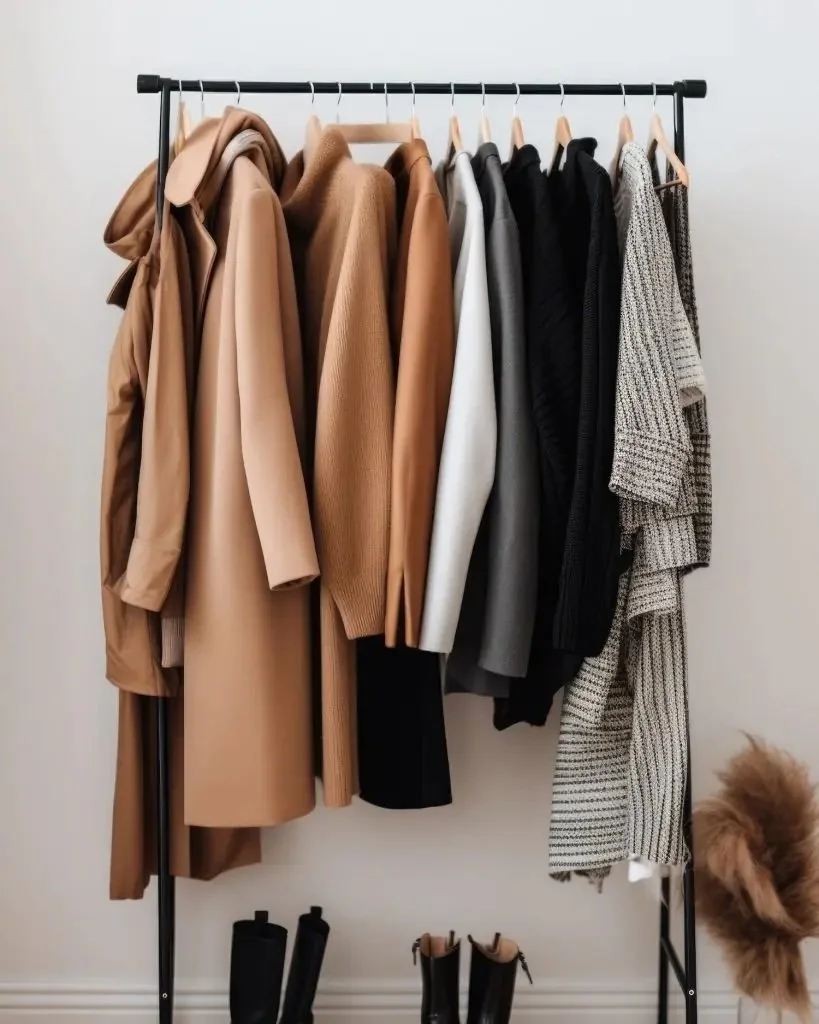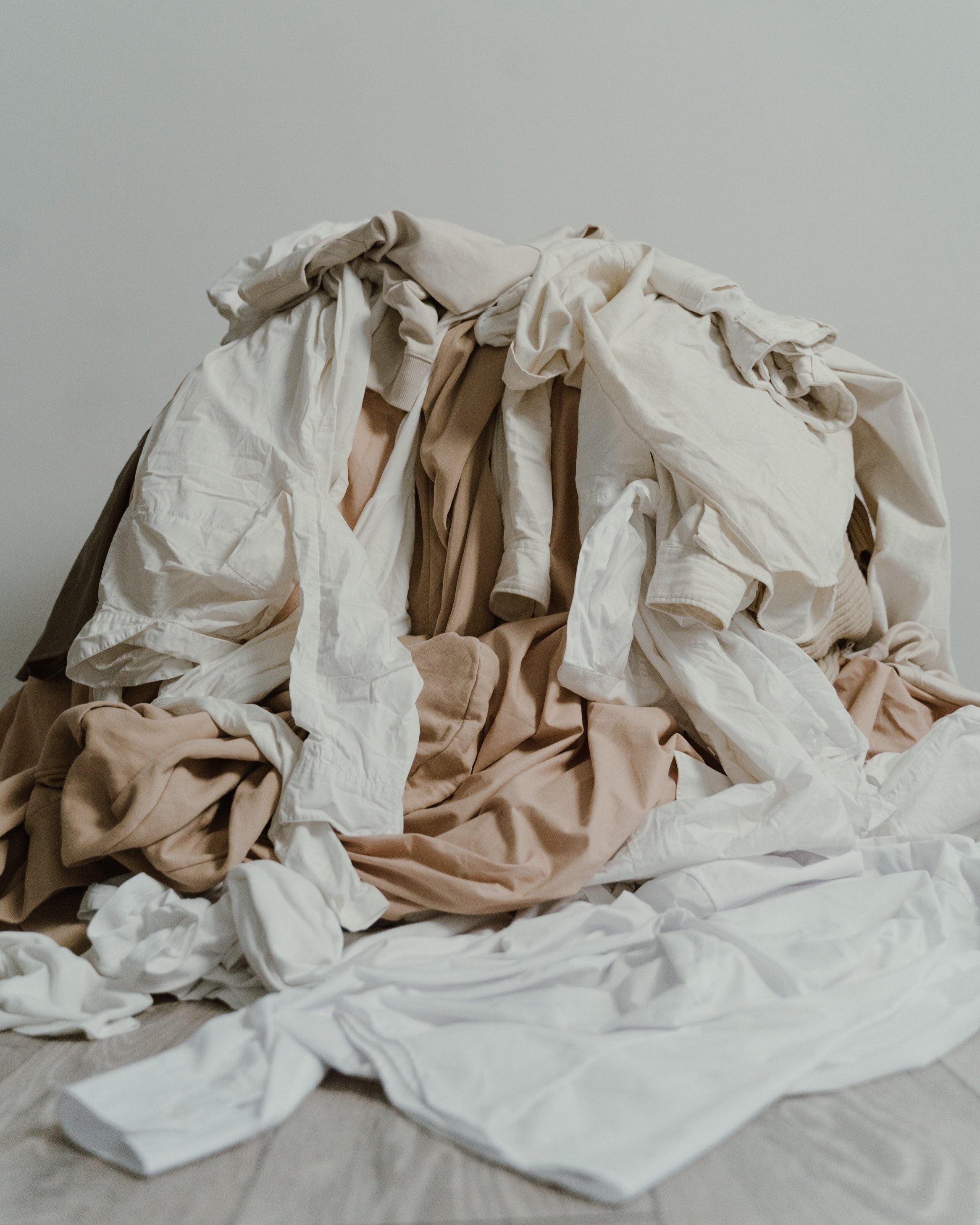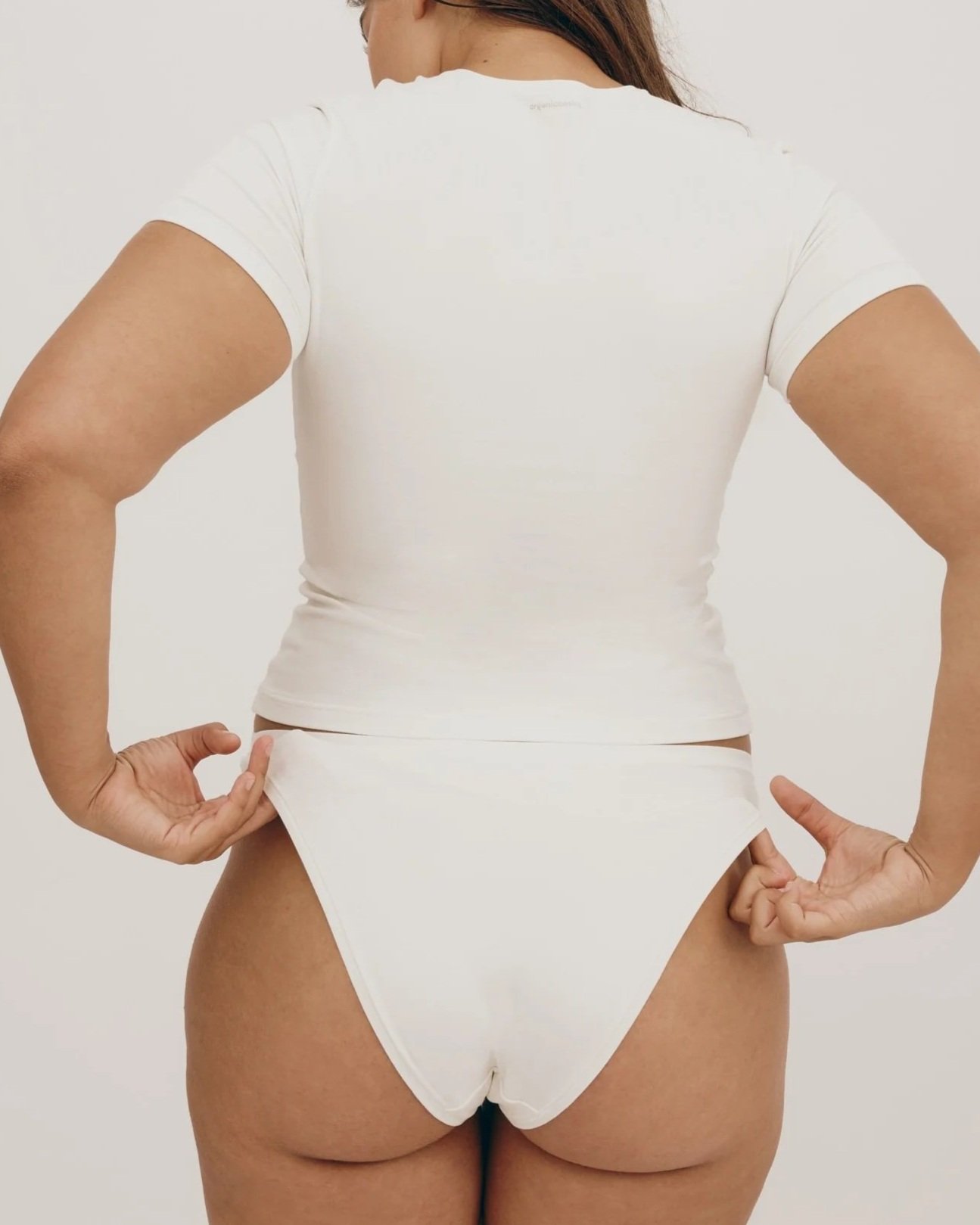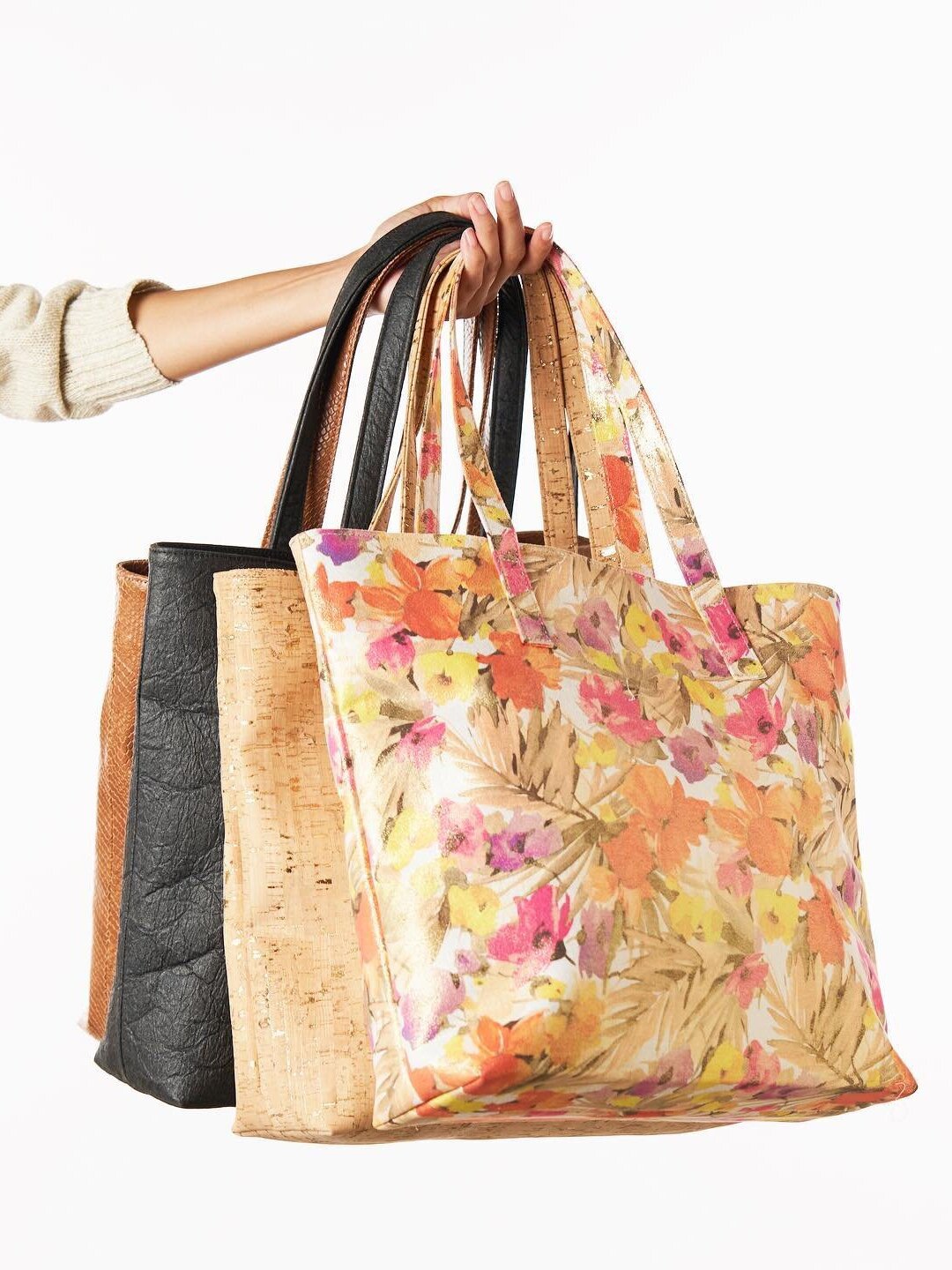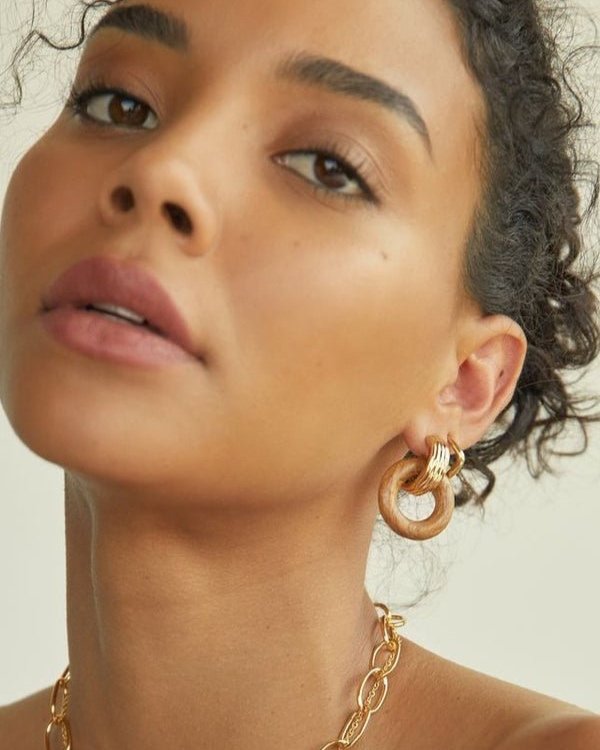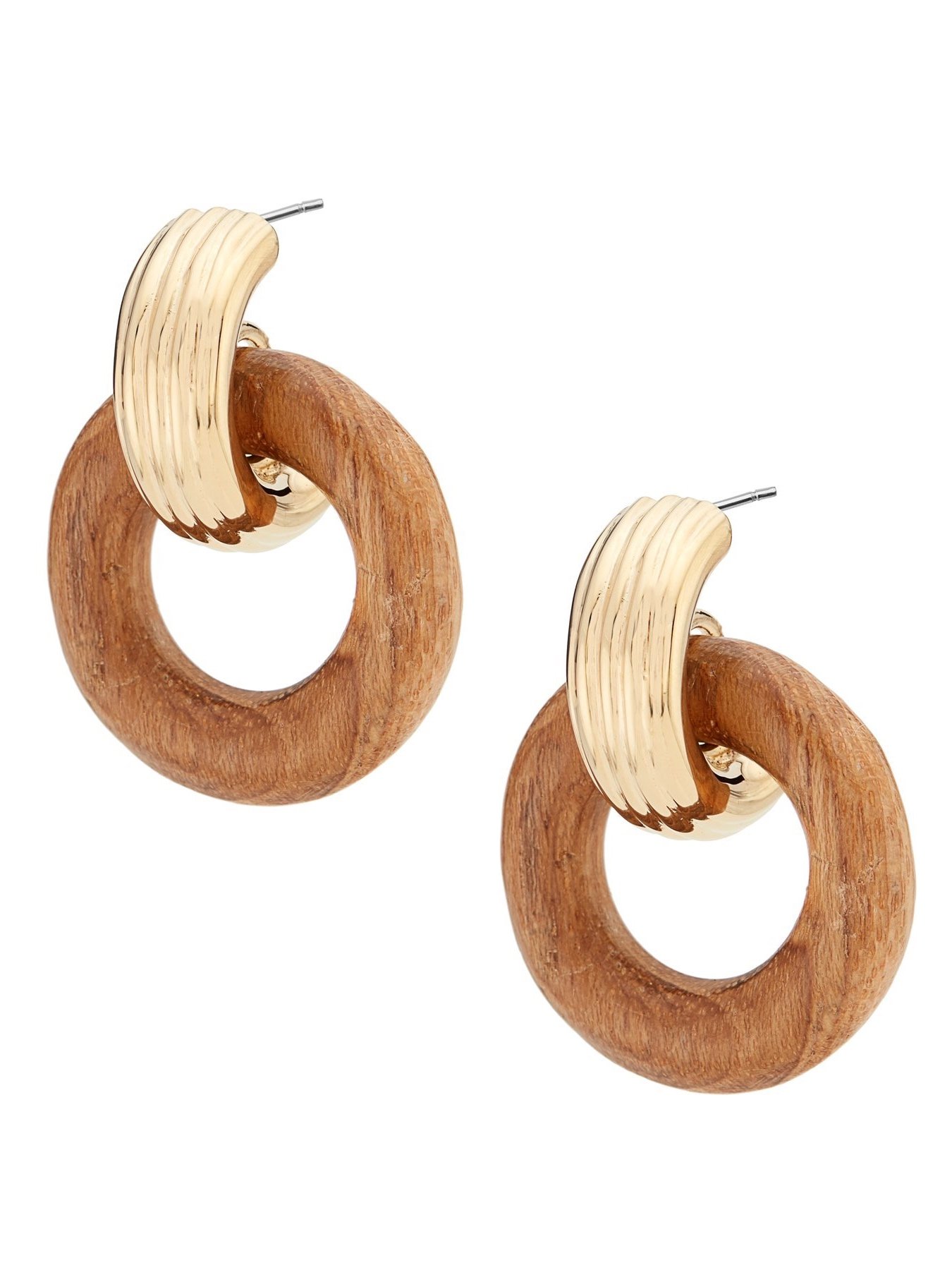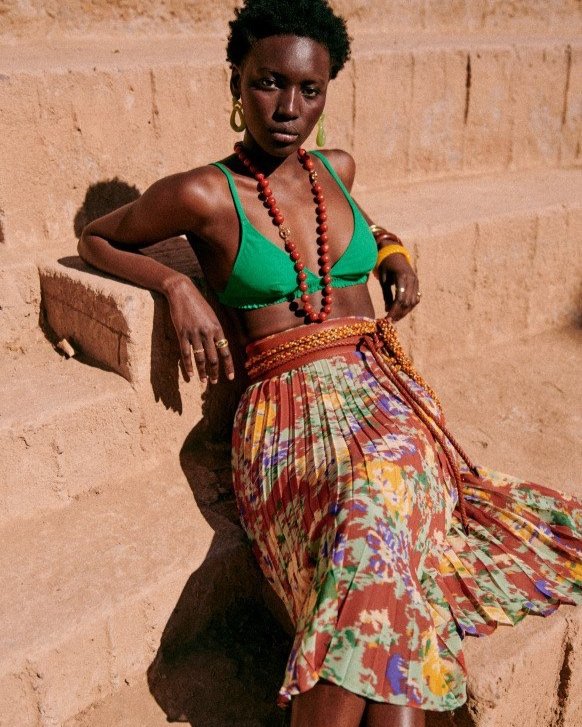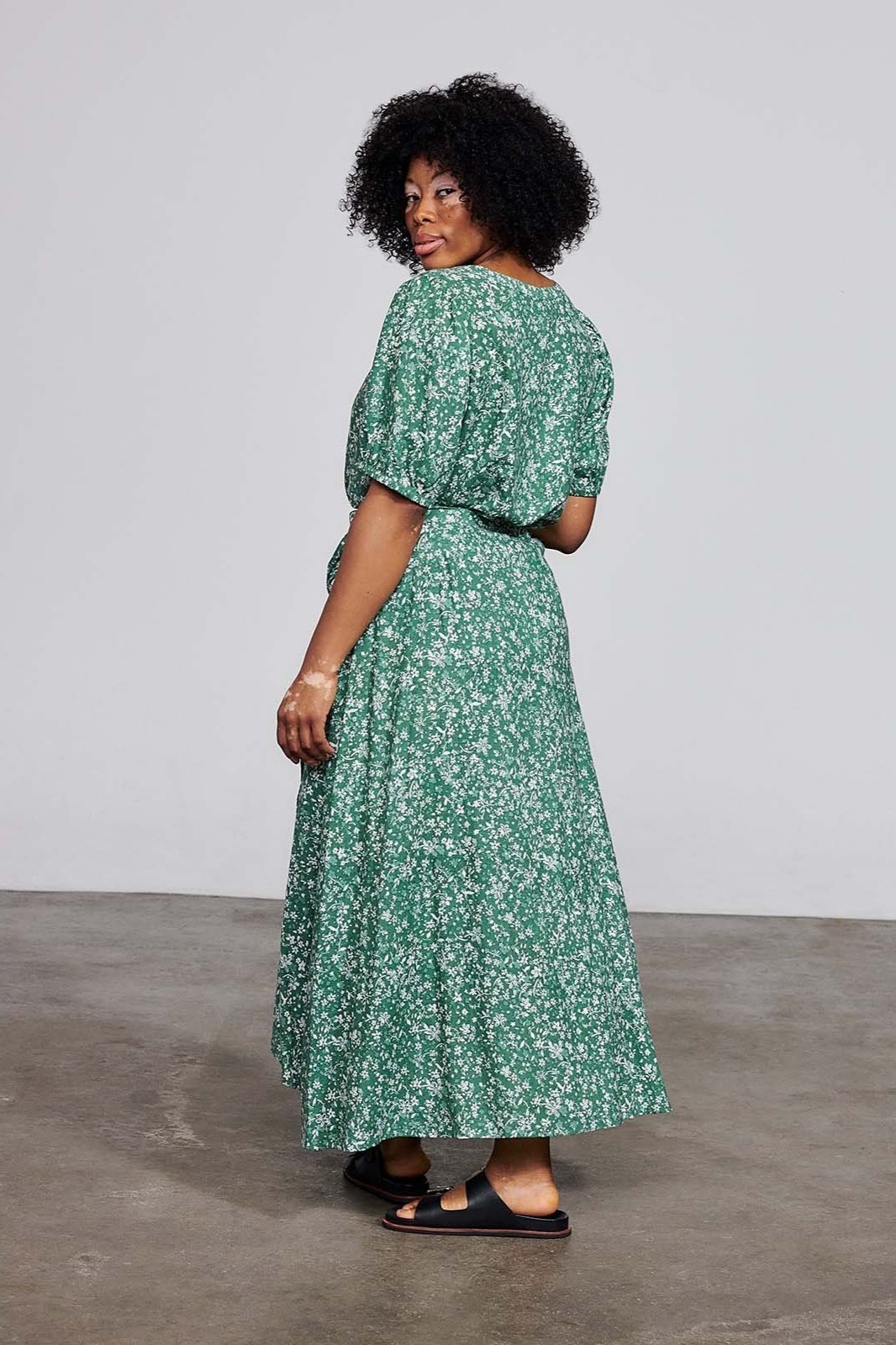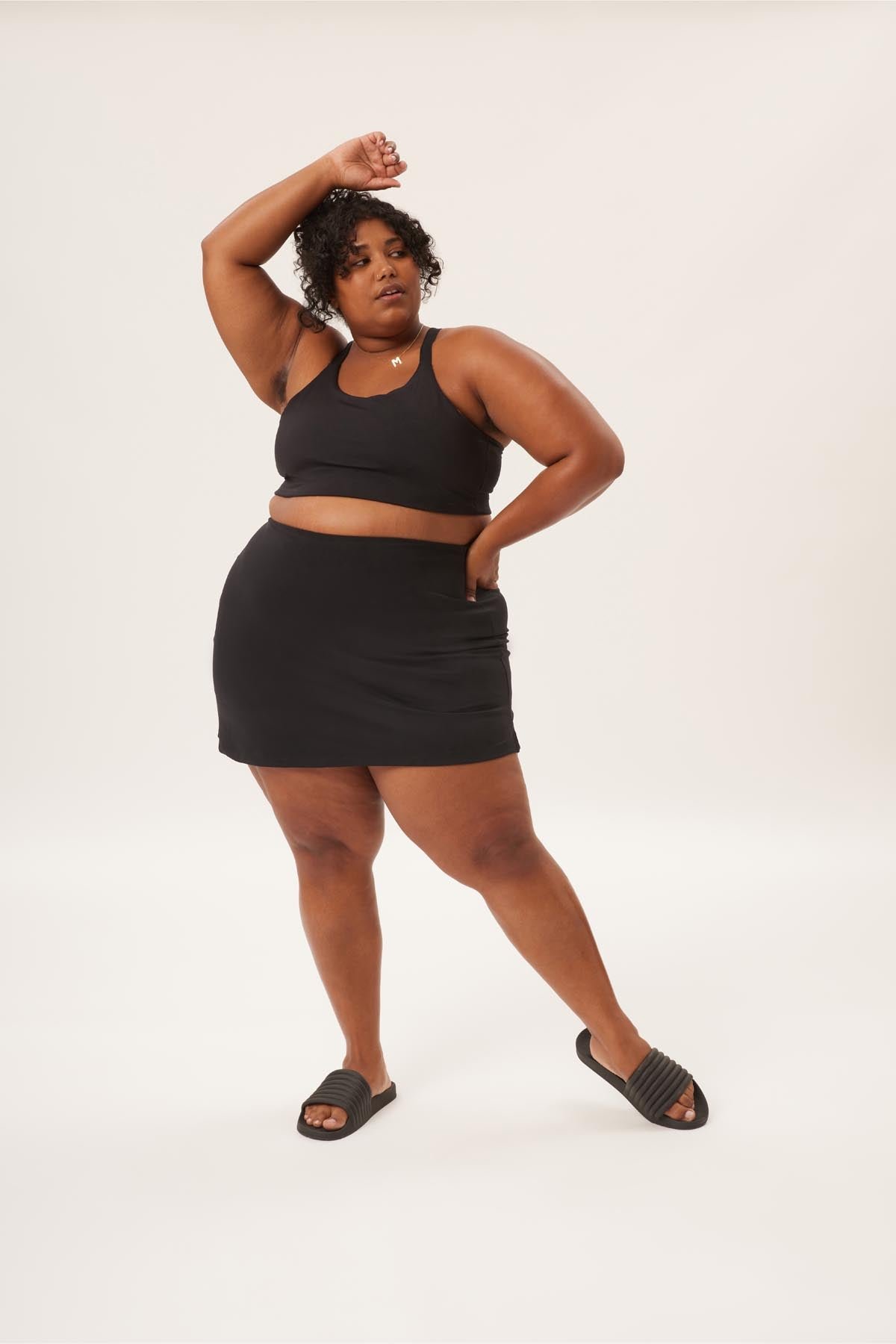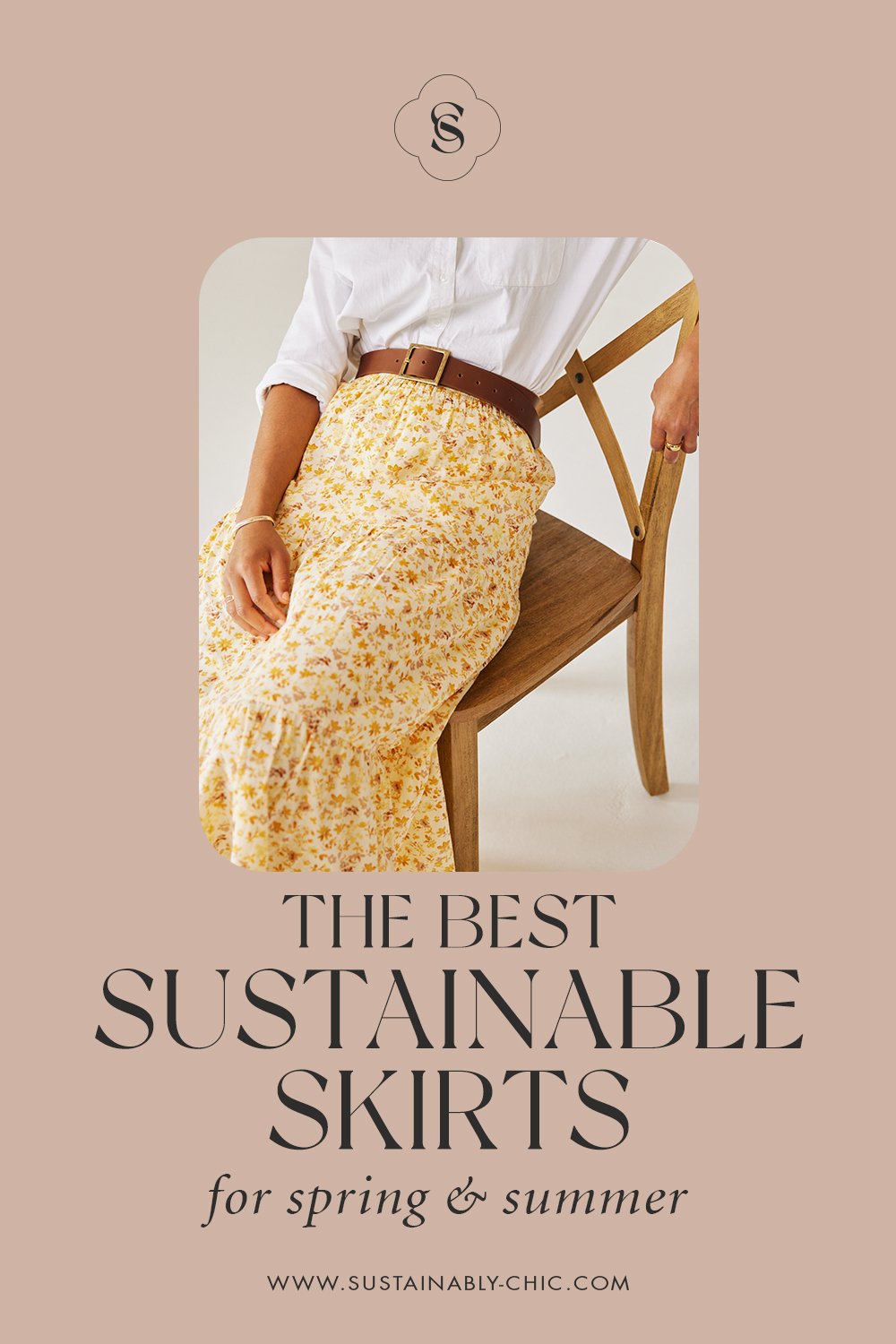Purchasing new clothes can be fun, but it isn’t always necessary. Your closet might have everything you need to look great without overspending. Check out why it’s better to stick with what you own and learn how to stop buying more clothes than you need. It might feel more fulfilling while aligning with your eco-friendly lifestyle.
Reasons Why Buying Fewer Clothes Is Good
Keeping up with fashion trends doesn’t have to be another pressure in your life. These are a few reasons why you might feel better after you stop buying more clothes than you need.
It Saves You Money
Companies are constantly producing new clothing. It’s why the apparel industry was worth $312 billion in 2022. People buy the latest styles to keep up with popular trends, but you can save money by wearing what you already enjoy. Instead, put your extra cash toward your life goals or dreams. You’ll invest in yourself and less in temporary fads.
Consider how much money you’ve spent on shopping throughout your life. It could have funded community classes or membership fees with local clubs. You can invest in yourself beyond clothing and get more joy from life. Remember what you want to do in the coming months when you think you want to shop for clothes you don’t need.
It Helps the Planet
Your old clothes might go in the garbage when you buy new clothing. Even if you donate them, the natural resources used to mass-produce fast fashion lines hurt the environment. You’ll live a more eco-friendly lifestyle by only buying clothes when it’s essential. Your money won’t fund companies that create pollution and you’ll get to stick with your sustainable values.
It Defines Your Style
Jumping between fashion trends is one way to explore your interests, but it doesn’t solidify your style. You might not find what authentically represents your personality if you’re always trying new clothes, colors and patterns.
You already like to wear what you own. That’s why you bought your current wardrobe. Have fun making new outfits with what’s in your closet to define your self-expression. You’ll get more in touch with your personality and stop spending money you don’t want to part with.
How to Stop Buying More Clothes Than You Need
If you’re one of the many people who make impulse purchases with clothing brands or just enjoy the experience of loading up a shopping cart, use these tips to stop buying what you don’t need. You’ll gain new perspectives that make your current wardrobe appealing.
Set a Timer
When you find something you love, set a timer. It could start 24 hours from now and give you space to consider your potential purchase. You can even save the link to the clothing. Bookmark the page or save the clothes to a list on your account. You might find it helpful to create an event in your virtual calendar with a reminder to reconsider that specific purchase.
Give yourself time to evaluate the potential new addition to your wardrobe and determine if it’s worth it. You’ll save yourself from impulsive purchases and keep more money in your pocket. Eventually, you won’t need a timer or calendar event to stall your shopping habits. You’ll intuitively know what’s worth your money and when it’s the right time to shop.
2. Test Your Home’s Water
People rarely think about their water quality when it’s time to do laundry. Why does it matter if the washing machine still cleans your clothes? The reality is that your water can affect your wardrobe’s life span.
A pH test could reveal that you have hard water. Hard water has a high mineral content that harms fabrics and dulls dyes. It’s easy to fix with a water treatment solution or assistance from your local municipality. Restoring the pH balance will keep your clothes from eroding with each trip through the washing machine.
3. Keep a Closet Inventory
You might think you need a new sweatshirt, only to discover five buried in the back of your closet after returning from the mall. It’s a problem most people encounter, but you can easily fix it by tracking your wardrobe with an inventory list.
Create a spreadsheet or open a notebook and record how many clothes you have. Note the exact number of each piece of clothing and how worn each item is. You’ll quickly realize if you have tons matching your green values or need newer skirts without frayed edges..
It’s also a resource you can refer to before making all future clothing purchases. Don’t forget to keep up with it as your clothes change with time. You’ll always have an accurate log to check before buying something you already have.
4. Donate With Each Shopping Trip
When you want to get something new, ensure that one of your older pieces of clothing goes to a donation center. It might make you think twice if your old clothes don’t need replacing. You might also avoid getting something new when the well-worn shirt or jacket is sentimental.
5. Learn How to Tailor Clothes
Watching videos to learn simple tailoring techniques can significantly extend the life of your clothes. You won’t have to replace anything that becomes too big, too small or develops holes. Investing in a sewing machine and watching free tailoring videos will teach you how to care for your wardrobe so you can spend years creating new looks with whatever you already own.
You might even get so invested in making your wardrobe that you stop shopping altogether. It’s the ultimate way to craft a sustainable closet since you’ll get to choose eco-friendly clothing and tailor each item to your measurements.
6. Find Better Stain Removers
People often buy new clothes when they find stains on older garments. Although some can ruin the fabric and require a shopping trip, others are easy to remove. Try new stain removers from your local grocery store to see what works best. You can also use baking soda to make a biodegradable remover that lifts multiple types of stains.
7. Keep Everything in One Place
You might feel tempted to get more clothes when your closet looks bare, but do you have more seasonal items in storage? Move everything into your closet so you don’t worry about your wardrobe looking sparse.
This is especially helpful if you have a capsule wardrobe for each season since they depend on minimalist styles that leave shelves emptier. You won’t get anxious about not having the clothes you need because everything is right in front of you.
8. Find Other Self-Expression Outlets
Shopping is a form of self-expression. You’re merging your personality with your external style, but there are other ways to do that. You might stop buying more clothes than you need if you start creative hobbies.
Express yourself with a hobby like painting. You could follow an artist by pressing play on a free video or attending a class at a community college. Consider learning how to sketch to express what matters to you.
Other art forms can represent your style and double as home decor. Read a book that explains embroidery stitches or follow the instructions in a kit. You could sew clothes from patterns or knit accessories when you need something new.
It’s possible to feel fulfilled without adding more clothes to your wardrobe. All you need is a hobby that captures your interest. Think about what you’d like to do or what pastimes might align with your life goals. As you build your self-confidence, you’ll also learn how you enjoy putting your personality into the world.
9. Unfollow Fashion Brands
If you follow many clothing or accessory brands on social media, consider unfollowing them. The reason for your constant shopping could relate to seeing new products on your feeds every time your apps refresh.
They could also post ads for time-limited sales that passively pressure you to buy something impulsively. Not having that content on your mind all the time makes it easier to avoid shopping. Consider following other accounts that help you achieve your goals, like self-care or inspirational quote accounts.
10. Start Clothing Swaps
Call your friends and ask if they have any clothes they don’t wear anymore. You could start a recurring clothing swap event that includes all your loved ones.
Your friends and family members could meet at someone’s house with the clothes they want to donate. You’ll get to swap sizes and try on different styles without purchasing new items. Ultimately, you might go home with free additions to your wardrobe while keeping your older garments out of landfills.
You could also volunteer to take the unwanted clothes from your swap event to the nearest donation center. Everyone will help those in need, prevent trash from cluttering landfills and avoid spending money you’d rather save.
Rethink Your Shopping Habits
Learning to stop buying more clothes than you need doesn’t have to feel complicated. Use these tips to get started toward a greener wardrobe. You’ll revolutionize your shopping habits, save money and help the planet.
About the Author
Mia Barnes is a health and beauty writer with a passion for sustainable living and wellness. Mia is also the Founder and Editor-in-Chief of Body+Mind Magazine, an online publication that covers healthy and eco-friendly living. Follow Mia and Body+Mind on Twitter and LinkedIn!
MAKE SURE TO PIN THE PHOTO BELOW TO SAVE THIS POST FOR LATER!
WANT TO FIND SUSTAINABLE BRANDS? VISIT OUR BRAND DIRECTORY!
Our Brand Directory is home to hundreds of sustainable brands, from makeup to cleaning supplies, from underwear to shoes. We have broken everything down by category for easy shopping, along with discount codes unique to Sustainably Chic viewers.

